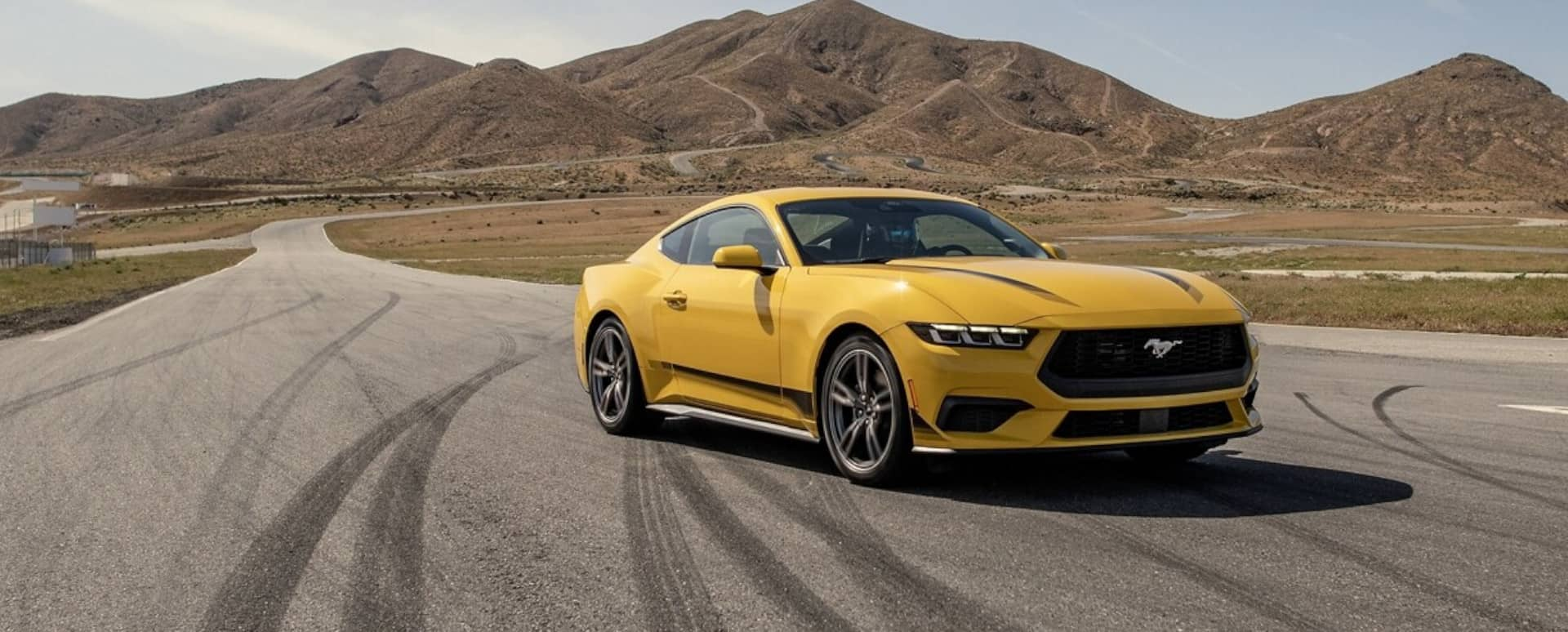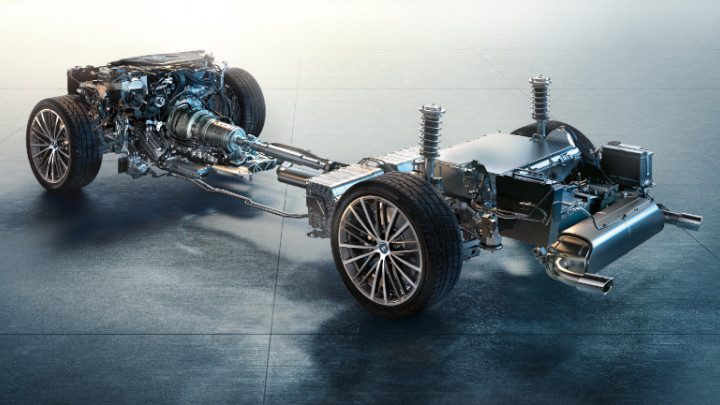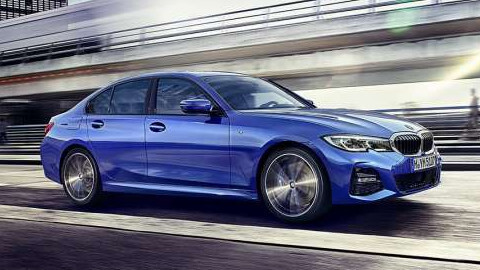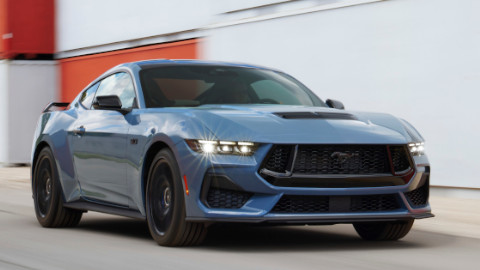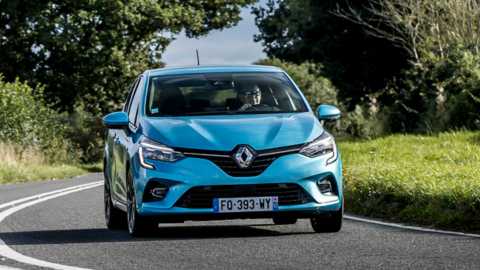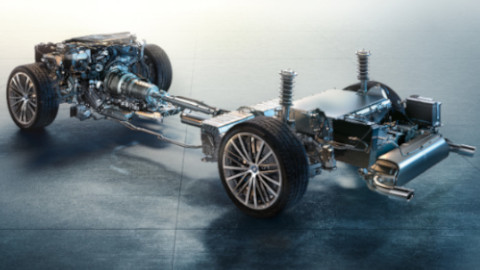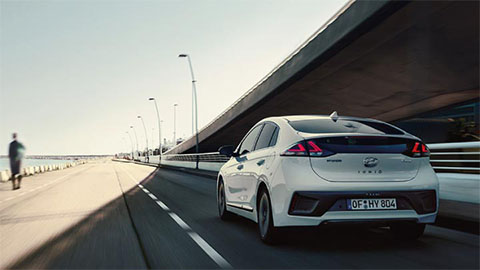What is rear-wheel drive?
Rear-wheel drive (RWD) is a drivetrain system where the engine's power is directed to the rear wheels, propelling the vehicle forward, unlike front-wheel drive (FWD), where power goes to the front wheels.
The engine sends power to the transmission, which then transfers it to the rear axle through a propshaft and driveshaft. The rear wheels, connected to the axle, receive this power, delivering the force needed for movement. This setup enhances traction during acceleration, as the weight of the car shifts to the rear wheels, providing improved stability and control.
Known for its balanced handling and dynamic driving experience, rear-wheel drive has become a preferred choice particularly in high-performance and sports cars, offering enthusiasts a thrilling connection to the road.
We'll be exploring the advantages and disadvantages of RWD, discovering how it compares to other drivetrains, and highlighting some popular rear-wheel drive cars on the market today.
- Advantages of rear-wheel drive
- Disadvantages of rear-wheel drive
- Rear-wheel drive vs front-wheel drive
- Popular rear-wheel drive cars
Advantages of rear-wheel drive
There are several compelling reasons why many drivers opt for a car with rear-wheel drive, including:
- Balanced handling: Rear-wheel drive cars typically offer a more balanced distribution of weight between the front and rear axles. This contributes to better handling and stability, especially during high-speed manoeuvres.
- Enjoyable driving experience: Enthusiasts often appreciate rear-wheel drive for its more engaging driving experience. The feeling of power being sent to the rear wheels creates a connection between the driver and the road that is hard to replicate.
- Improved traction: RWD vehicles tend to have better traction during acceleration, as the weight shifts to the rear when accelerating, increasing the grip on the driven wheels.
Disadvantages of rear-wheel drive
If you're contemplating buying a rear-wheel drive car, it can be important to weigh up the disadvantages. Some drawbacks of rear-wheel drive cars include:
- Challenges in poor weather: While rear-wheel drive vehicles typically excel in traction during acceleration, they may encounter difficulties in snowy or rainy conditions, where the rear wheels could face a potential loss of traction.
- Complexity and cost: Rear-wheel drive systems require a more complex mechanical setup, making them potentially more expensive to maintain.
- Limited interior space: The need for a transmission tunnel in the cabin can limit interior space, affecting the design and practicality of certain RWD vehicles.
Rear-wheel drive vs front-wheel drive
Comparing rear-wheel drive to front-wheel drive (FWD) brings out distinct differences in handling and performance.
RWD is renowned for its balanced handling and sporty feel, providing a pure driving experience that resonates with enthusiasts. On the flip side, FWD offers better traction in unpredictable weather conditions and tends to be more fuel-efficient.
The decision hinges on personal preferences, driving habits, and intended use. If you crave engaging performance and a connection to the road, RWD might be your choice. However, for practicality and efficiency, especially in challenging weather, FWD has its merits.
Popular rear-wheel drive cars
There are plenty of new and used cars available with rear-wheel drive, each delivering an entertaining driving experience. Some of the most popular RWD cars on the market are:
-
BMW 3 Series
A symbol of sporty luxury, the BMW 3 Series has been a rear-wheel drive icon for decades.
-
Ford Mustang
As a quintessential American muscle car, the Ford Mustang has maintained its rear-wheel drive tradition, delivering raw power and a distinctive driving experience.
-
Mercedes-Benz C-Class
Combining elegance with performance, the Mercedes-Benz C-Class showcases the allure of rear-wheel drive in the luxury segment.
Find your perfect rear-wheel drive car with Evans Halshaw
If you're drawn to an exhilarating and engaging drive, rear-wheel drive (RWD) cars present an enticing option. Offering balanced handling and a spirited driving experience, RWD vehicles redefine the joy of being behind the wheel.
If you're in the market for a new or used car with rear-wheel drive, we have plenty of tempting deals and finance offers available to make your decision an easy one.
Alternatively, if you'd like to discover more driving advice, our blog section is regularly updated with the latest insights and buying guides.

